Psychographics Deconstructed: What We Look Like to Facebook Marketers

For those of you who were at this year's MozCon, this post is the punch line to my presentation (download it here). If you did not attend, here’s what happened: I spoke for about an hour about Facebook, YouTube, and LinkedIn targeting. I worked to explain that research using paid social ad creation tools (including FB Ads) matters to organic social (community management) - the same way that the AdWords keyword research tool matters to organic search (SEO). After my talk, something like 800 people in the audience sort of looked up as if to say, “WTF is Marty talking about!?” Thankfully, Rand came out at the end and asked some smart questions that helped clarify. Then, we had a fireside chat. Rand said he sensed that what we’d been discussing was really important and, by way of a live interview, totally brought the room to the heart of the matter. It was a remarkable experience, and why that needed to happen makes so much sense to me. This stuff is hard to explain and, honestly, I’ve had mixed results when presenting it. Rand was right. It really got me thinking. By the end of the impromptu session, nearly all of those incredibly beautiful Mozzers raised their hands to say they seemed to understand. What blew my mind is that since then, I’ve received at least 20 tweets, calls, emails, and LinkedIn direct messages in which MozCon attendees expressed that the presentation changed their outlook on marketing forever. That has been confusing and exciting all at once. Thus, this post. Upon reflection, we at aimClear put our collective heads together and brainstormed a way to express the concept of the “whole” user, targeted by Psychographics. “Psychographics” is a means of identifying users by interests, occupations, roles in life, predilections, and other personal characteristics. It’s like demographic research and persona modeling on to the Nth degree… hence the “psycho.” I decided to use myself as an example. Keep the following types of Facebook interest/product associations in mind as you peruse the infographic below, and use them as jumping boards for your own psychographic targeting explorations. I (Marty) am susceptible to buy Ben Taylor songs, because I have loved his dad’s (James Taylor) music since I was a boy. Marketers have a great shot at selling me exclusive foodie experiences because my social graph indicates I’m interested in James Beard award winning restaurants. I’m a terrific target for Chanukah candles in November, because I love the old City of Jerusalem. Rand can pique my interests with one of Joanna’s great ads, because I like Danny Sullivan. Republicans should not spew-market content in my direction. Instead, they should work to subtly subvert my instincts. I like Barack Obama. Hotels, airport transportation, and Broadway shows may interest me, because of my Javits Convention Center proclivity. It’s worth testing. You might be able to get me to buy self-help books, because I sometimes suck my thumb when I sleep. Anyway, you get the picture. We chose Facebook for this study because it has the most complete social graph (best data) in all of publically available social. While all interests below were pulled as actual inventory in Facebook, there are likely a number of permutations for each interest to round out each interest bucket. Also, what you see below can easily be mapped to YouTube and LinkedIn. Grab my MozCon slidedeck and this all might just make a bit more sense. Key Takeaways from the Infographic There has been a radical top-of-the-funnel shift. People can be sliced and targeted many different ways in social channels. Social intent can be often gleaned. Sometimes it works in amazing ways, like search. The “data” on the table is publically available via Facebook, LinkedIn, and YouTube or Google. Leverage the tools made for marketers (native keyword tools, ads creators, etc.) to assess inventory for your segments. On that note: keyword research (using AdWords KW Tool) is to SEO as social PPC research is to community management. You would never do SEO without having a look at Google’s KW tool. It makes sense as AdWords is one of the places we can find out about Google’s inventory. You would also never do community management without looking at associated paid inventory. The psychographic research artist adds value to raw channel-of-origin data by curation. In other words, if you’re the marketer who can target all the molecular biologists in the United States who work for Fortune 500 companies, you’ve added a lot of value to the raw data. Now your team can target these users for social PPC ads and organic social interaction. Use the correct tagging, and marketers can capture social data to associate with known-users’ profiles. Pretty much the best way to bust your privacy is to click on one of my tagged ads and convert. Count on the fact that we grabbed the data and associated it with your profile.
Source:seomoz.org







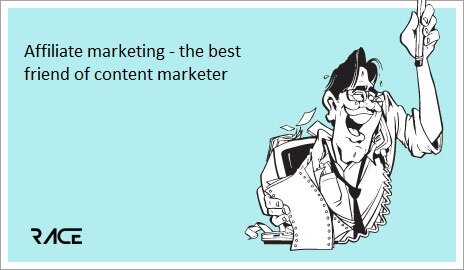
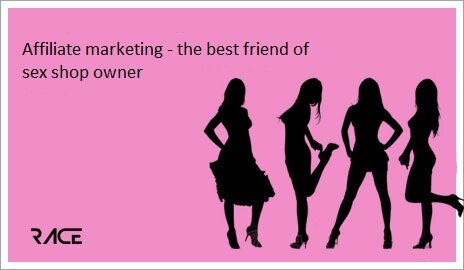
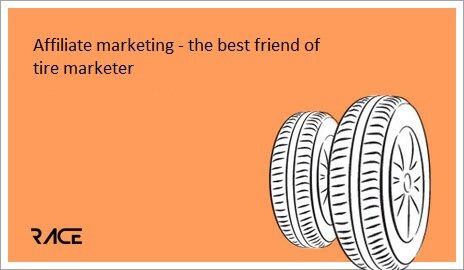
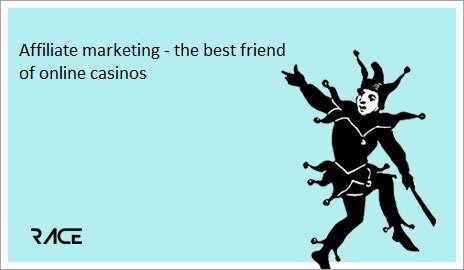
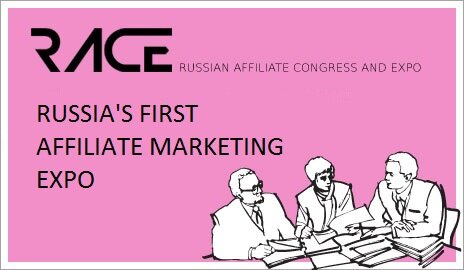

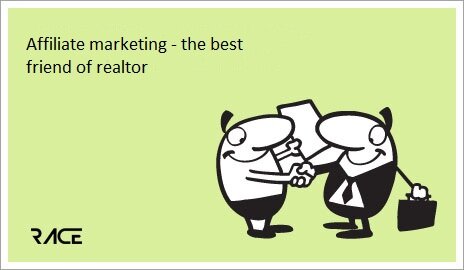
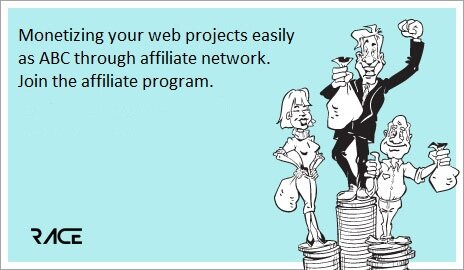


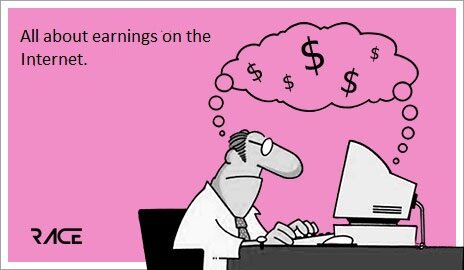
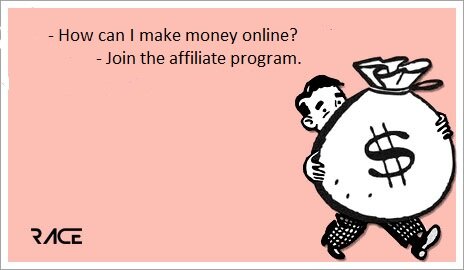































 Write
Write Talk
Talk
 Call
Call